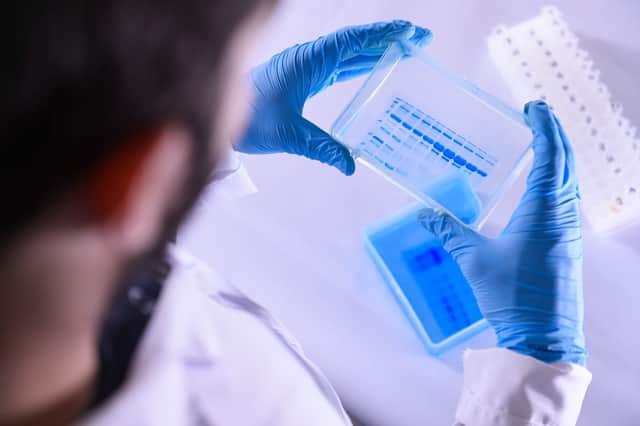A new Philippines-linked Covid variant has been found in England - should we be worried?


Public Health England (PHE) is investigating a new variant of Covid that was first reported in the Philippines.
The country, which currently has the second-highest number of coronavirus cases in South East Asia, reported 33 cases of a new strain on 9 March.
Advertisement
Hide AdAdvertisement
Hide AdIt comes as two further cases of the P1 Brazil variant were found in England, PHE said.
So, what is the Philippines-linked strain, how many cases have been detected - and is it anything to worry about?
Here is everything you need to know.
What is the new variant?
The new Philippines-linked strain under investigation by PHE is known as VUI-21MAR-02 (P3).
It has the same E484K spike protein found in the Brazil variant, which is thought to have originated in the city of Manaus.
Advertisement
Hide AdAdvertisement
Hide AdThe P3 variant has been designated a variant under investigation, whereas the P1 Manaus strain is a variant of concern.
How many cases have been found in England?
Two cases of the new variant have been discovered in England.
Health officials said one of these cases was linked to international travel, while the other is still being investigated.
It has not been confirmed where either cases were found.
In a statement, PHE said: “The variant includes a number of notable mutations including E484K and N501Y, which are found in several other variants of concern.
Advertisement
Hide AdAdvertisement
Hide Ad“Public Health England has identified two cases of this variant in England.
“One of the cases is linked with international travel and the other is currently under investigation.
“All appropriate public health interventions are being undertaken.”
Two more cases of the Manaus variant were also identified in England.
Advertisement
Hide AdAdvertisement
Hide AdOne case was found in the West Midlands, and the other in Haringey, London.
Both are linked to international travel to Brazil.
The discovery of the two cases brings the total number of Manaus cases in the UK to 12 - all of which have had links to foreign travel from Brazil.
Is the variant anything to worry about?
The emergence of new variants has been a cause for concern for health officials during the pandemic.
But the Philippines-linked strain has been designated as a VUI - variant under investigation - instead of a variant of concern.
Advertisement
Hide AdAdvertisement
Hide AdIt has been placed on PHE’s watchlist and the health authority is taking steps to stop it spreading further.
However, the variant has a couple of the same mutations found in the South Africa and Brazil variants, including E484K, which could mean it is more transmissible.
Concerns have been raised that vaccines may not be as effective against the E484K spike protein as it helps the virus to evade antibodies.
Yet vaccine manufacturers are already modifying their jabs to ensure they are more effective against the mutation.
Advertisement
Hide AdAdvertisement
Hide AdIt is also likely that there will be further new variants as more people around the world are vaccinated.
As larger numbers are immunised, the coronavirus has to evolve in order to survive and keep spreading.
What is the Brazil variant?
The P1 variant was first found in December in the city of Manaus, north Brazil.
While it is unknown if the strain causes more severe Covid, evidence has suggested it may be more transmissible.
Advertisement
Hide AdAdvertisement
Hide AdIt is associated with a surge of cases in Manaus late last year, which led to a severe second wave in the country.
The variant contains a unique constellation of lineage-defining mutations, including the concerning E484K mutation.
Scientists became worried that this particular variant could more easily re-infect patients due to its mutations.
There were also fears that the Covid vaccines may not work as effectively against the Manaus strain.
Experts in Brazil have warned that the variant could be a danger beyond the country’s borders.
It currently has the second highest number of infections and deaths in the world, after the US.